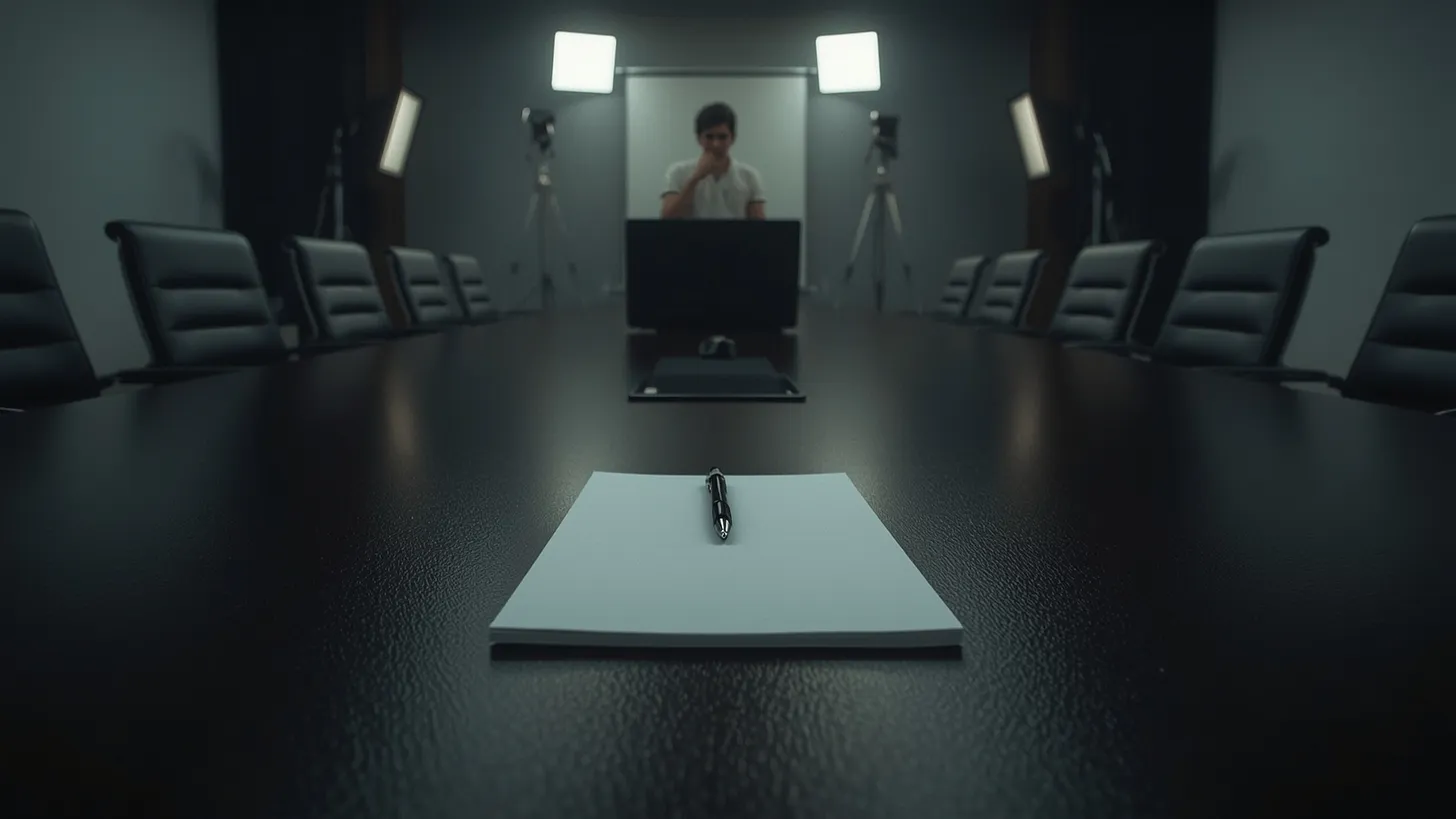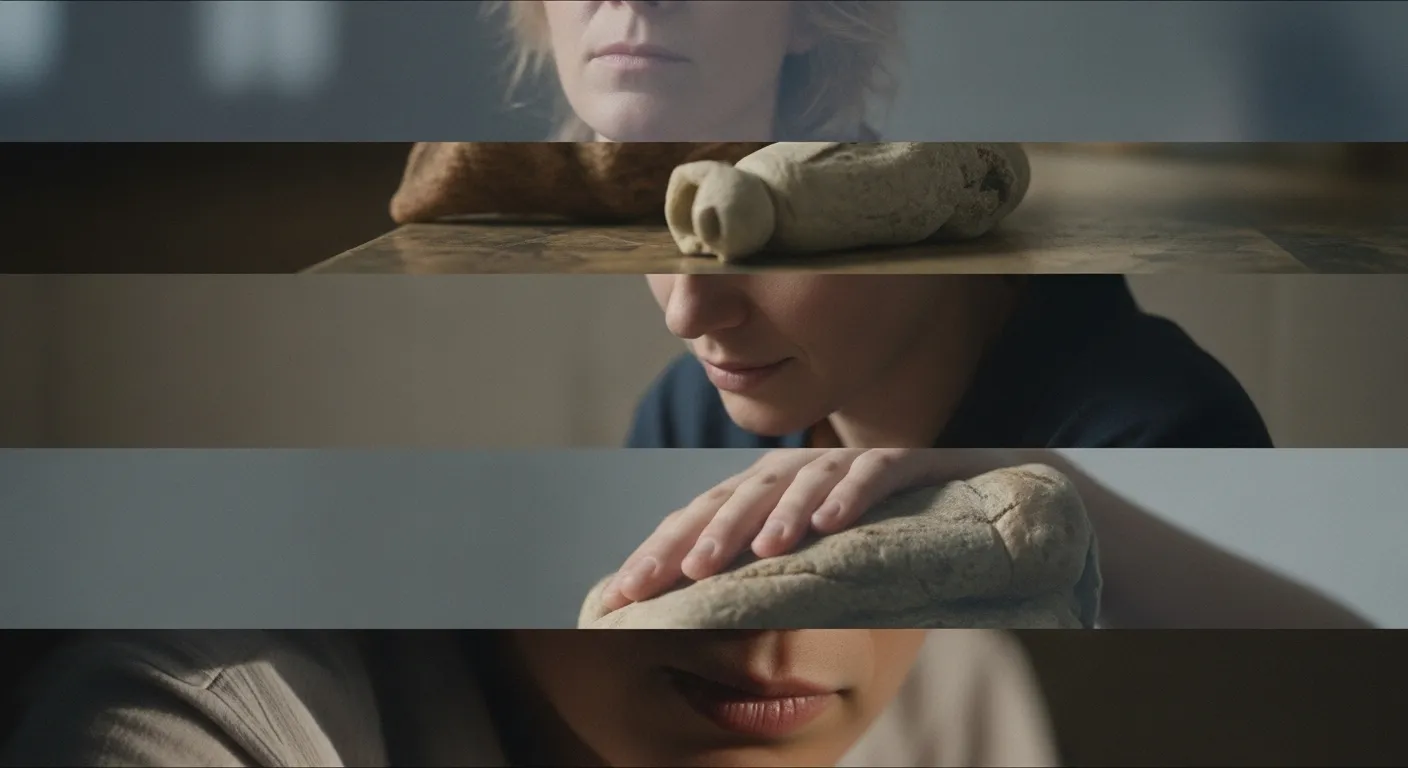O ChatGPT disse: Internal Documentaries and Their Relevance
08.09.2025
I was talking a few days ago with someone during an event, and she was telling me about some situations she was facing in that moment of transition and succession within the company she manages.
It was impossible not to reflect on it — on how I could help her, or what I would do if I were in her place.
And that’s when this text emerged.
There’s an enormous difference between listening to a motivational speech on the big screen of an auditorium and actually feeling, in your own skin, why you get up every day to work toward the same goal. Most companies still live in this abyss between what they say and what they do.
Between what they promote and what they deliver.
Between what they believe and what they demonstrate.
And this gap charges a high price: lack of engagement, disinterest, institutional cynicism, high turnover, a toxic atmosphere. People who complete tasks but don’t understand the whole. Teams that communicate out of inertia, not empathy. Leaders who get lost in processes and forget to tell people where they are heading.
Let me ask you an uncomfortable question (and it applies to me too):
Does your team still connect with what you’re building?
What slips through your fingers: the symptoms of a culture unraveling
Organizational culture, contrary to what many believe, is not a manual, not a framed list of values, not an HR newsletter filled with catchphrases.
Culture is everyday gesture.
It’s how you respond to mistakes.
It’s how you treat the difficult client.
It’s how you resolve friction between two departments.
When these things fall out of alignment, culture slides. And slowly, the team follows.
You can feel it. The silence in meetings. The lack of willingness to propose. The comfort zone becoming the default. Leaders repeating solutions, products and decisions without remembering why.
This is where video enters — not as a pretty piece at the end of the quarter, but as a device for listening, reflection, and provocation.
What you don’t see: the invisible cause of disengagement
Most cultural problems aren’t rooted in policies. They come from the absence of meaning.
Teams no longer recognize themselves in the stories the company tells.
Or worse: the company stopped telling them.
When communication becomes bureaucratic, impersonal, and generic, it stops stirring emotion. It stops representing. It stops engaging.
Without story, purpose dies.
Work becomes a shift.
The mission becomes decoration.
Culture becomes a mask.
What has soul engages: when strategy meets humanity
“It looked great. But there was nothing special about it…”
How many times have you seen a corporate video with epic shots, grand music, people smiling over coffee — but that said absolutely nothing? Filled with clichés. Meeting expectations instead of breaking them. Designed only to please the board.
Well-crafted internal documentaries do the opposite: they provoke. They expose. They translate tension. They show the human behind the role. They welcome diverse voices. They create empathy. They build recognition.
It’s not about making a beautiful video.
It’s about revealing meaning.
The company that listens becomes a script: how audiovisual becomes living culture
When done right, an internal documentary transforms what was invisible into language.
A good briefing turns the unknown into narrative.
We listen to teams. We map conflicts. We identify real stories that express the organization’s DNA. Stories that were never told — but should be — because they contain the soul of the business.
Every documentary is a mirror. And by seeing themselves reflected, employees remember why they’re there. They reconnect with what they are building.
Aesthetics with strategy: the difference is in the listening, not the camera
A good lens sees.
But good listening understands.
The difference between a corporate video and a documentary that transforms culture lies in the process — in how you enter the company, perceive the atmosphere, and translate that into narrative, rhythm, silence, voice.
We do the opposite of what the market asks: instead of creating a closed script and squeezing the company into it, we let the company tell us what needs to be said. Our job is to shape it. Give it direction. Give it meaning.
The result is different.
Because the team feels seen.
Heard.
Considered.
Brands that feel, teams that stay: the real differentiation isn’t in the equipment
The video isn’t about you. It’s about the client.
And in this case, the client is your team.
Creating an internal documentary is creating a ritual of listening. It is opening space for culture to express itself. It is strengthening the connection between those who lead and those who execute. It is turning values into voice.
We don’t sell videos. We sell reconnection.
Closing thoughts for those who want to do things differently
If your company has been facing noise, distance, apathy.
If you feel culture no longer reaches the base of the organization.
If you want to lead with meaning, not just metrics—start with what matters most: listening.
An internal documentary is an invisible but powerful management tool.
It aligns, inspires, transforms.
Let’s talk about how to tell your story to the people who most need to hear it:
your own team.
A hot coffee and a present mind.
Renan.





